The Health Benefits of Acanthus
Answered: What Is Acanthus Used For? How To Use This Herb?
Humans often use Acanthus as an ornament in a home garden with beautiful flowers and foliage. But it has many valuable health benefits. What is Acanthus used for? How to use this plant for health rewards? Let’s find the answer to these questions to understand its properties and health rewards.
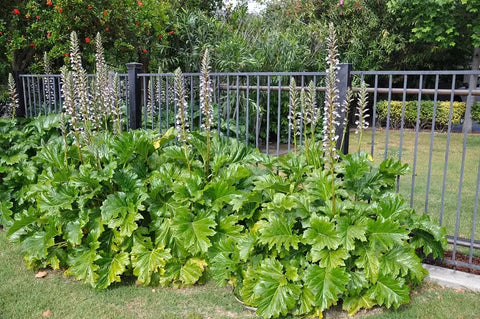
Answered: What Is Acanthus Used For? How To Use This Herb?
II. What Is Acanthus Used For?
2.2. Anti-inflammatory Properties
2.3. Antioxidant Properties
2.4. Wound Healing
3.2. Poultice
3.3. Acanthus Tea
4.2. Precautions
I. What is Acanthus?
Acanthus is a herbaceous perennial plant of the family Acanthaceae. It is known for its large, glossy leaves and tall spikes of white or pink flowers that bloom in late summer. This floral genus also has some popular varieties, such as:
- Acanthus Mollis (a.k.a Bear's Breeches)
- Acanthus Spinosus
- Acanthus Ebracteatus
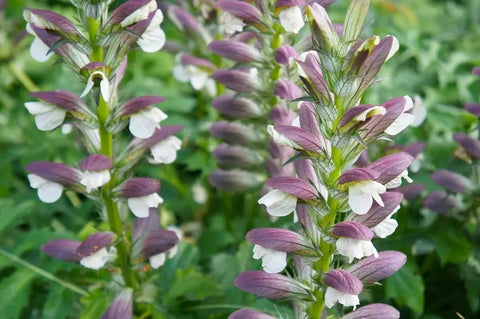
The plant can be an ornamental plant in gardens. It also has a long history of use in art and architecture. The distinctive leaf shape of this plant often inspires decorative motifs.
II. What Is Acanthus Used For?
This plant has many valuable health benefits for users. Check out the most emerging advantages of this floral species here.
2.1. Medicinal Uses
Some use the leaves of Bear's Breeches to treat digestive disorders, respiratory illnesses, and skin conditions such as eczema and psoriasis. In addition, this plant helps soothe skin irritations, mucous membranes in the respiratory and digestive tracts.

2.2. Anti-inflammatory Properties
Acanthus mollis contains flavonoids and tannins that possess potent anti-inflammatory properties (1). Furthermore, it helps reduce pain and swelling associated with various inflammatory conditions such as arthritis, gout, and rheumatism.
2.3. Antioxidant Properties
Antioxidants in Acanthus (2) can help protect the body against oxidative stress to prevent certain chronic diseases such as cancer, diabetes, and cardiovascular diseases.

It also has potential neuroprotective effects that reduce oxidative stress and inflammation in the brain for managing neurodegenerative disorders such as Alzheimer's and Parkinson's diseases.
2.4. Wound Healing
It also has wound-healing properties to heal minor cuts, burns, or bruises. Crushed leaves can be applied directly to the affected area or infused in oil to create a healing salve. Bear’s Breeches is also a traditional remedy for insect bites, burns, and dislocated joints.
III. How To Use Acanthus?
This plant has been used in natural medicine for its medicinal properties. Here are some ways you can use this plant for health care.
3.1. Facial Mask
The antioxidants and anti-inflammatory properties in this plant can help detoxify the skin and reduce the appearance of wrinkles. To make a facial mask, you will need the following ingredients:
- 2-3 fresh Acanthus leaves
- A tablespoon of honey
- A tablespoon of plain yogurt

Here is how to make a facial mask with this kind of herb.
- Remove the stems and wash the leaves thoroughly.
- Chop these leaves finely.
- Put the chopped leaves into the mortar to crush them until you get a pulp.
- Combine the fine pulp with the honey and yogurt. Mix well.
- Do a patch test.
- Apply the mixture to your face, avoiding contact with your eyes and mouth.
- Let it sit for 15-20 minutes.
- Rinse off the paste with warm water
- Pat dry your face.

Honey is a natural humectant. It can help keep your skin moisturized. Yogurt contains lactic acid that helps exfoliate dead skin cells and brighten your complexion. Collectively, these ingredients can leave your skin feeling soft, hydrated, and rejuvenated.
3.2. Poultice
You can make a poultice and apply them directly to the affected area to reduce inflammation and ease pain. To make a poultice from its leaves, you need:
- Fresh Acanthus leaves
- Mortar and pestle or blender
- Warm water
- Gauze or clean cloth
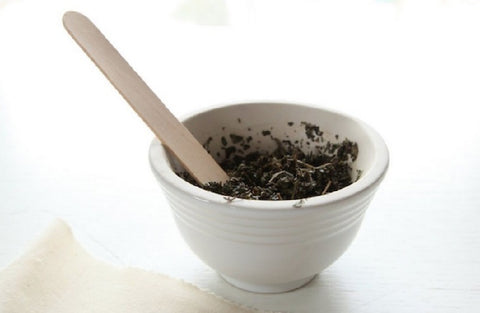
You can replace Bear's Breeches leaves with Acanthus Spinosus ones for the poultice. Follow these steps to make the paste.
- Wash the leaves thoroughly.
- Crush them until they form a fine paste.
- Add a small amount of warm water to the paste to help it spread more easily.
- Place the paste onto a clean gauze or cloth, spreading it evenly.
- Apply the poultice to the affected area.
- Cover the paste with another layer of gauze or cloth to protect the skin.
- Leave it on for half an hour.
- Rinse the paste off the affected area with warm water.
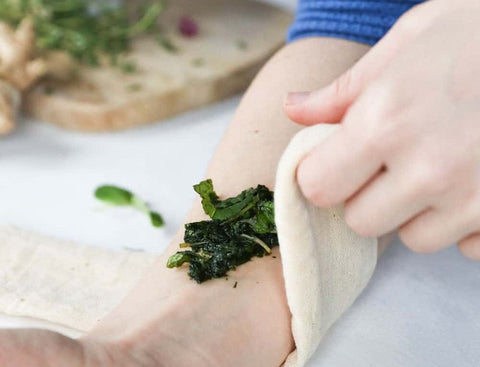
If you experience any adverse effects, such as itching or irritation, stop using the poultice immediately and seek medical advice.
3.3. Acanthus Tea
Drinking Acanthus Ebracteatus tea can help to alleviate respiratory issues such as bronchitis and asthma (3). You can also drink a cup of this tea made from the leaves to help improve your digestive health. Firstly, prepare the following ingredients for the tea.
- 1 tablespoon of dried leaves
- 2 cups of water
- Honey or lemon (optional)
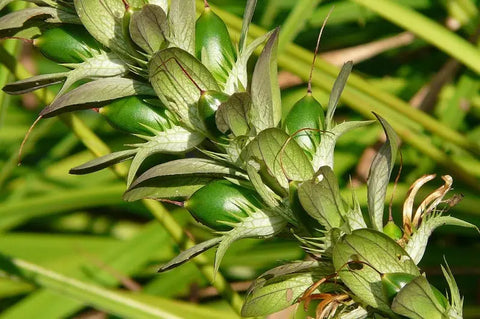
Then, follow these steps to make the tea.
- Rinse and chop these leaves roughly.
- Boil the water in a small saucepan.
- Add the chopped leaves to the boiling water and reduce the heat to low.
- Simmer the tea for about 10-15 minutes.
- Strain it into a teapot or mug with a fine-mesh strainer.
- Add flavor with honey or lemon.

This tea has a slightly bitter taste. So, adding honey or lemon can help improve its taste.
IV. Is Acanthus Safe?
Humans have traditionally used this plant in medicine for its anti-inflammatory, analgesic, and antipyretic properties.
4.1. Side Effects
While this plant can have beneficial effects, you should be aware of potential side effects, adverse reactions, and precautions when using it. Here are some unexpected effects you may experience.
- Skin irritation: Acanthus can cause skin irritation, especially if applied topically.
- Gastrointestinal problems: Consuming large amounts of this plant can lead to stomach aches, diarrhea, and vomiting.
- Allergic reactions: People who are sensitive to plants in the Acanthus family may develop allergic reactions to Bear's Breeches.

4.2. Precautions
Like any other herbal remedy, you must be cautious and follow the recommended dosage when using Acanthus. Here are some precautions for using this plant.
- Do not consume more than one or two cups of this tea per day
- Pregnant and breastfeeding women, adults with liver or kidney diseases, and children should avoid using Bear's Breeches.
- If you get any signs of an allergic reaction, like difficulty breathing or swelling of the face, lips, tongue, or throat, stop using it and see a doctor.

Always consult your healthcare provider before using any herbal supplement, especially if you have pre-existing health conditions or are taking any medications.
V. Conclusion
We have answered the question ‘What is Acanthus used for? and learned how to use this herb. You can use its leaves to improve skin conditions and treat several diseases. But remember to follow the precautions to avoid risks and side effects. There are many other herbs for the same benefits from The Rike.





Leave a comment